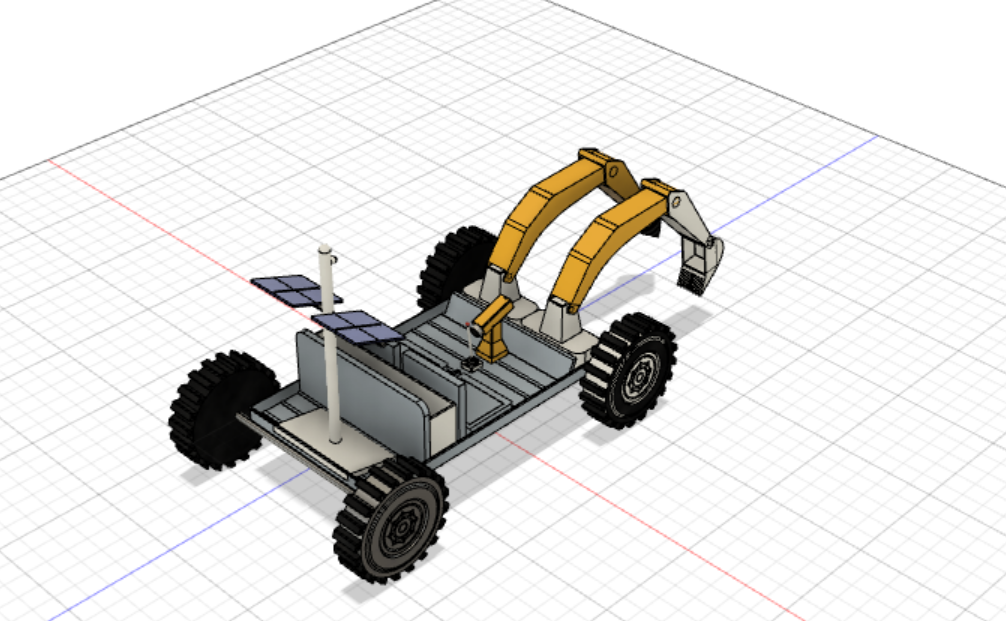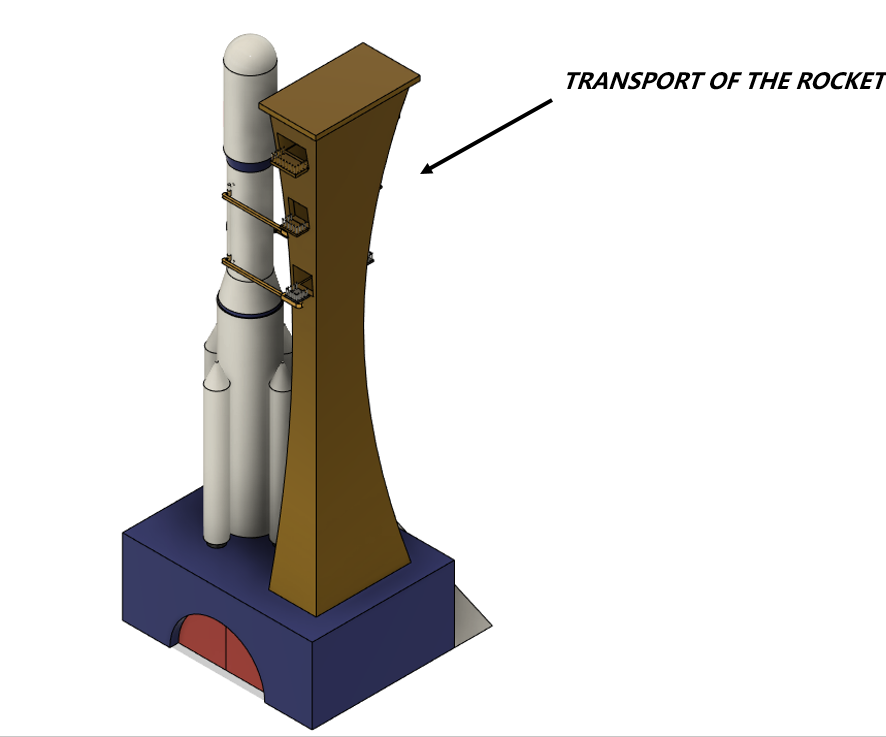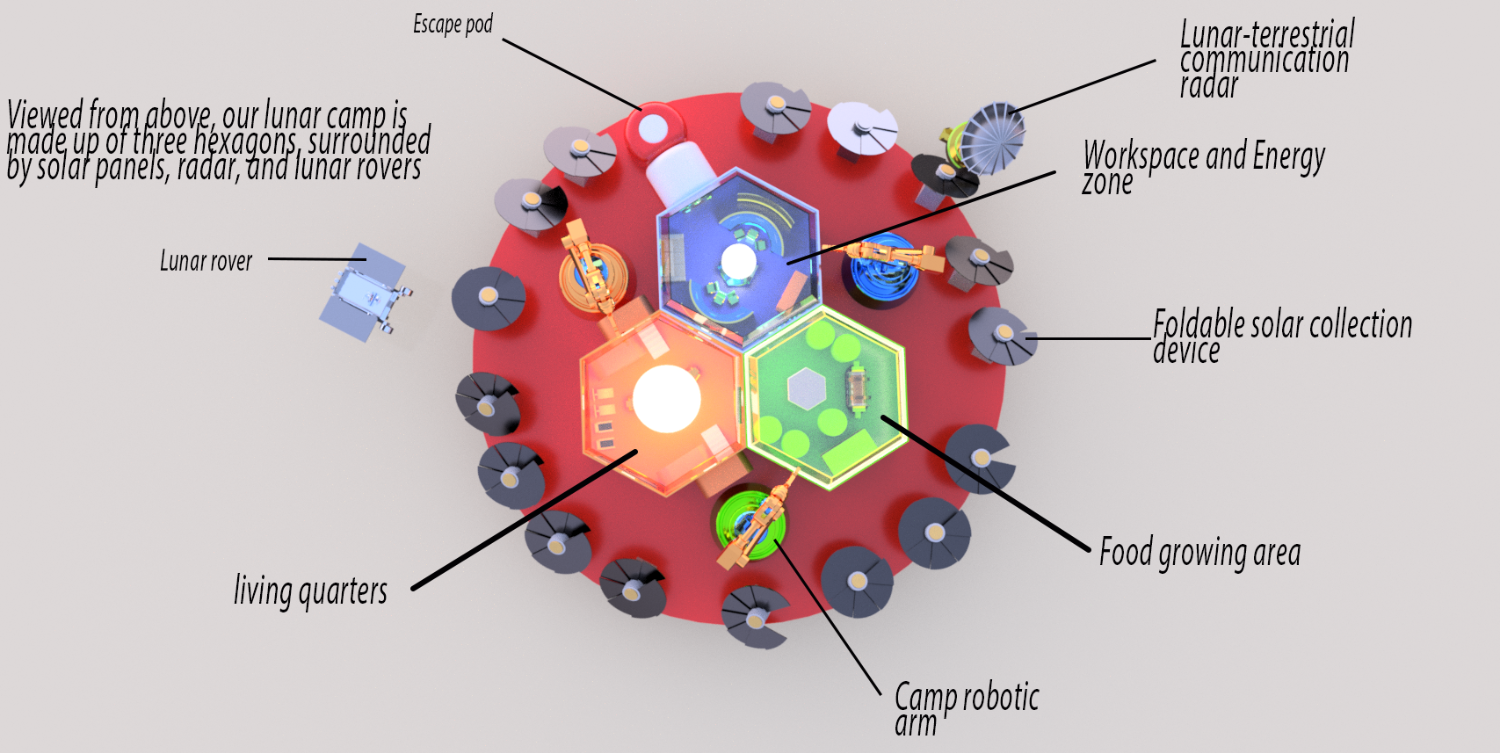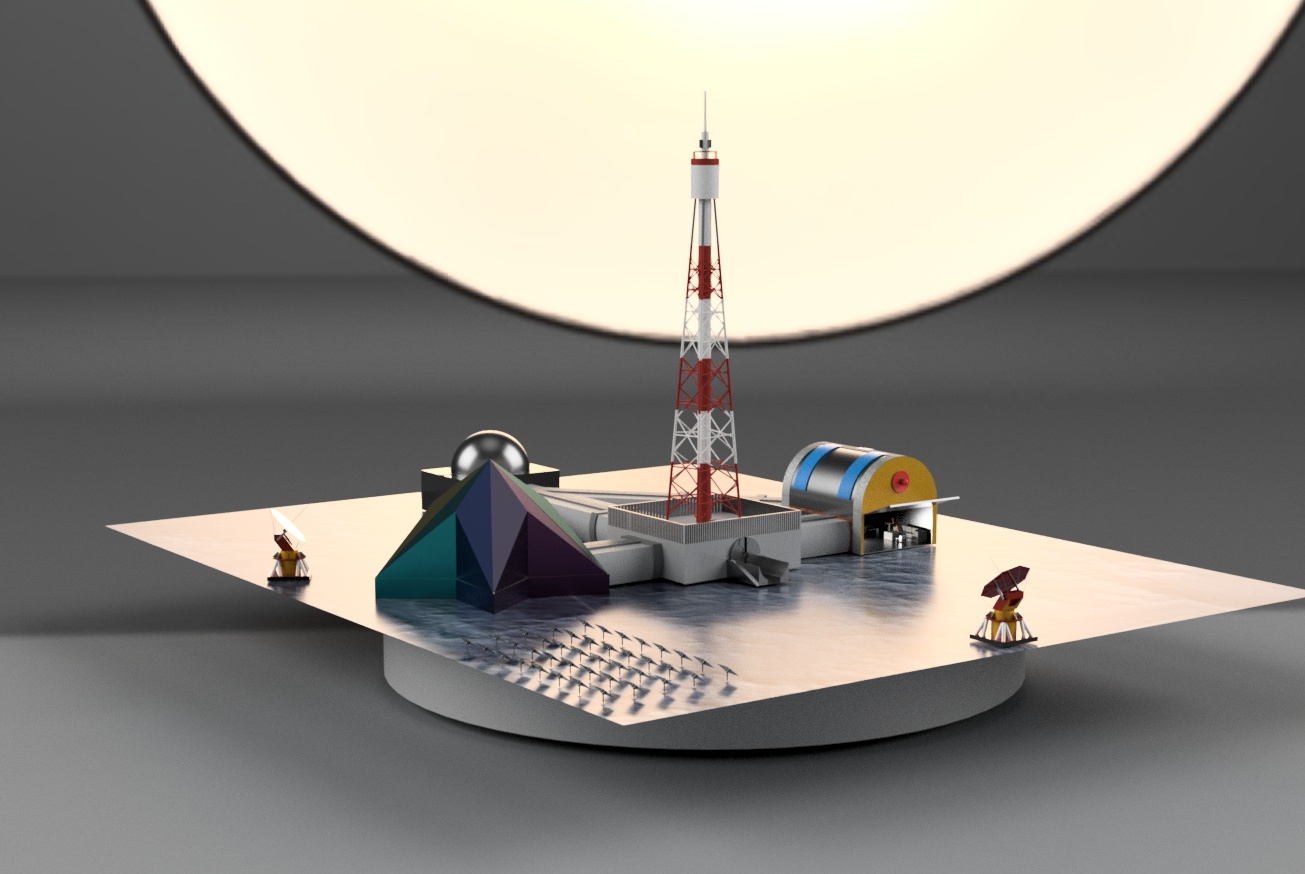Moon Camp Pioneers Gallery 2021-2022
In Moon Camp Pioneers each team’s mission is to 3D design a complete Moon Camp using Fusion 360. They also have to explain how they will use local resources, protect astronauts from the dangerous of space and describe the living and working facilities.
Team: Milky Way Team
Zhengzhou University of Light Industry Zhengzhou City,Henan Province China 19, 18 5 / 3
|
Project description
In the future, on the moon, our project, the lunar camp, will be built near a crater in the South Pole. The completion and use of the camp was divided into three phases. The first stage, the preparation phase: the use of rockets to transport 3D printers, prefabricated models of the camp part, the living supplies needed by the researchers, and the seeds of plants to the moon. The second stage, the construction phase: the robot assembles the model while the 3D printer builds the camp according to the design pattern. The third stage, the life research stage: researchers live, entertain and exercise in the already built living cabin, conduct experiments and research in the research cabin, plant and research some plants in the plant greenhouse cabin, and the required energy is provided by the electric energy fuel manufacturing cabin.
|
|||
|
2.1 Where do you want to build your Moon Camp?
We will set up camps near Antarctic craters, which not only protects the safety of astronauts, but also rationally utilizes antarctic resources and increases the source of funding. First, the lunar poles are mostly eternal daylight, secondly, the South Pole has more water ice reserves and is closer to the Earth than the North Pole, and finally, the Eternal Night Crater has a natural geomorphological advantage that is more conducive to building camps. At the same time, the permanent illumination area near the lunar crater is arranged to provide electric energy for the camp, and the lunar soil provides building materials and water sources, oxygen, etc. for the camp, and its by-products iron, titanium and other metals are collected and used as raw materials for the construction of other infrastructure or sold, alleviating the pressure on scientific research funds. 2.2 How do you plan to build your Moon Camp? Describe the techniques, materials and your design choices.
First, we will use rockets to transport 3D printers and prefabricated models of the camp part to the moon. Secondly, robots are used to assemble models, while 3D printers build camps based on design patterns. After taking into account factors such as lunar radiation, meteorites, high temperature fluctuations, and temperature differences of up to 310° between day and night, the interior walls were decided to be made of titanium and its alloys in order to better maintain the stability of the building and protect the safety of astronauts. At the same time, in order to be more aesthetically pleasing, some of our buildings are built using transparent silicate glass fibers.
2.3 The environment on the Moon is very dangerous for the astronauts. Explain how your Moon Camp will protect them. (maximum 150 words)
|
|||
|
2.4 Explain how your Moon Camp will provide the astronauts with:
|
Water
|
Food
|
Power
|
Air
|
|
The most indispensable water for camps has three sources. First, after the completion of the base, the lunar soil is collected in the permanent shadow area of the polar region, and the water ice contained in it is converted into drinkable pure water and industrial water that can be used for production through a series of purification devices. Second, the wastewater of the cabin body is treated by the wastewater treatment device, purified, and can be recycled, reducing the waste of resources and the generation of space waste. Third, the moon itself has solid water and ice that can be extracted and then melted to produce liquid water. |
During the preparation phase, plant seeds destined for the Moon and their required nutrients are placed in a plant greenhouse chamber for a period of time. During the research phase, we use soilless cultivation techniques in this cabin to grow plants such as kale and potatoes. Meat, eggs, dairy products, etc. from Earth in the first few weeks could provide astronauts with enough nutrition. When the plants in the greenhouse chamber grow, they can meet the basic needs of life. |
Because the camp is located near the Antarctic crater, there is plenty of sunlight, so that the electricity from solar panels is very sufficient. It can ensure the normal life of astronauts and the normal operation of equipment, laboratories, etc. We will use solar panels to absorb solar energy to melt the lunar soil, and further electrolyze the lunar soil through electrical energy, so that ferrosilicon calcium, and other metal materials can be decomposed, which can be made into solar panels, absorb energy again, and so on. At the same time, in order to avoid the failure of solar panels, we are equipped with spare batteries for emergency power supply. |
Initially, we will use oxygen ventilators brought from Earth to supply astronauts with oxygen, and respirators using sodium peroxide as an oxygen feed can convert carbon dioxide into oxygen for recycling. As plants grow, produce oxygen, and supply it, we will electrolyze the water on the moon to obtain hydrogen and oxygen. At the same time, we will also use the molten salt electrolysis method to extract oxygen and other gases from the lunar soil. |
|
2.5 Explain what would be the main purpose of your Moon Camp.
At this stage, the construction of our lunar camp gives priority to scientific research, and at the same time, it can basically meet the normal life of astronauts. First of all, researchers can study the moon’s soil, rocks and underground ice in this camp to better understand the origin, evolution and structure of the moon, and prepare for the development of lunar resources. Secondly, on the moon, which has only 1/6 of the Earth’s gravity, microgravity, high radiation, and no atmosphere-related experiments can also be better carried out. Finally, because the moon does not have the interference of the atmosphere on the absorption, scattering and refraction of light and radio waves, it provides an ideal place for the construction of high-precision astronomical observatories and lays a good foundation for human space exploration. |
|||
|
3.1 Describe a day on the Moon for your Moon Camp astronaut crew.
The blue and white research lunar camp is located at the south pole of the moon, and from the transparent glass, you may be able to glimpse the mysteries of the entire universe, and in the seemingly untouchable day after day, astronauts step by step solve the puzzles that still exist on the moon, looking for unknown truths: At 6:00, with an alarm clock, the astronauts got up on time and then washed up in the bathroom. At 6:30, all the astronauts entered the dining area in the kitchen and began to enjoy the prepared breakfast. At the same time, the sweeping machine and so on began to clean the sleeping compartment and toilet. At 7:00, the astronauts carried out exercises and physical exercises in an orderly manner in the gym. It both improves autoimmunity and avoids muscle atrophy that may be caused by lunar gravity. At 8:00, the astronauts went to the storage room to pick up the items needed for the mission, and the elevator was obviously convenient at this time. Their tasks are diverse, some people need to observe and record the growth of plants, some people need to check the power supply, water supply and other facilities, and some people need to conduct experiments such as microgravity, atmosphere and astronomy research. At 12:00, the astronauts finished their morning mission and began to enjoy lunch. At 13:00, everyone entered the sleeping pod to rest and recharge for the afternoon mission. At the same time, the temperature in the sleeping cabin and the heart rate detection control device did not stop operating when the astronauts were resting, continuously providing them with a comfortable rest environment. At 14:30, in the afternoon, the astronauts continued to do their unfinished mission. Today’s experiment was successful, but in order to avoid accidents, we still have to conduct the experiment again tomorrow, so as to make the experimental results more realistic. At 18:00, the astronauts began to enjoy dinner. From 19:00 to 22:00, astronauts can enjoy entertainment activities with intelligent robots, and can also watch TV, play games and so on. If the astronaut is under greater pressure recently, he can log on to the “Yuxingang” app on the Internet to conduct online depression assessment and analysis, and then consult and treat accordingly according to his own situation. At 22:30, after washing, enter the sleeping pod and get ready for sleep.
|
|||

























